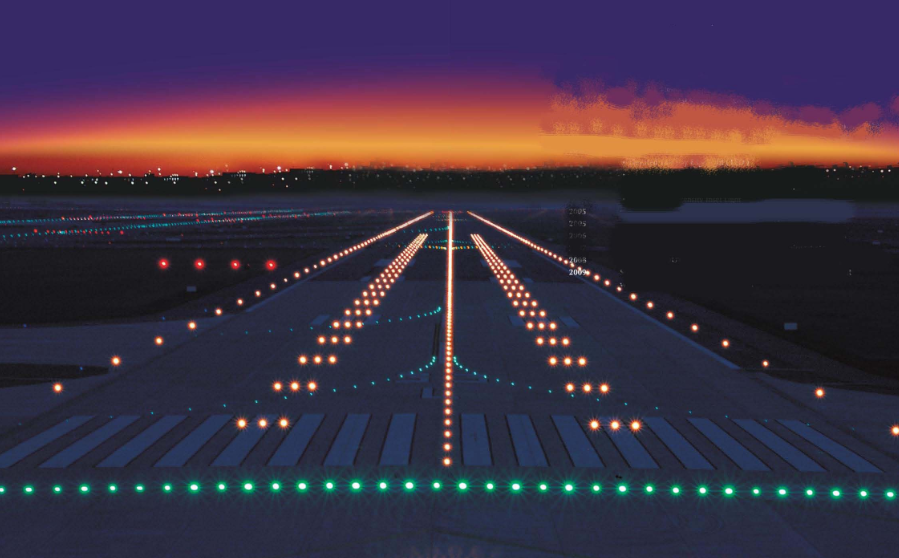Airfields are fascinating places, bustling with activity both day and night. As the sun sets, an essential element comes into play to ensure smooth operations: airfield lighting. These lights guide pilots during takeoff, flight, and landing, playing a crucial role in maintaining safety.
The Importance of Airfield Lighting
It serves pilots’ eyes during hours of darkness and poor visibility conditions. It aids in outlining the runway’s parameters, taxiways, and other critical areas, helping pilots navigate the airfield efficiently. Without proper lighting, the risk of mishaps increases significantly, highlighting its crucial role in aviation safety.
Types of Airfield Lighting
This lighting comprises various types of lights, each serving a unique purpose. Runway edge lights delineate the runway’s boundaries, while runway centerline lights guide pilots during takeoff and landing. Taxiway lights, on the other hand, safely guide aircraft from the runway to the apron area. Approach light systems provide visual cues to help pilots align with the runway during the final phase of landing.
Delving Deeper: The Airfield Lighting System
A comprehensive airfield lighting system is more than just individual lights. It’s a sophisticated network that includes control and monitoring systems, power supplies, and various light fixtures. This system ensures that all lights function synchronously, providing consistent guidance for pilots.
The control and monitoring system allows air traffic Plan to manage the intensity and operation of the lights based on visibility conditions and specific requirements. Power supply units ensure uninterrupted power to the lights, while the light fixtures themselves are designed to withstand harsh weather conditions and the impact of jet blasts.
Future of Airfield Lighting
With advancements in technology, the future of this lighting looks bright. The shift towards LED-based lighting systems is already occurring due to their superior energy efficiency and longer lifespan. These systems not only reduce operational costs but also contribute to environmental sustainability.
Moreover, intelligent lighting systems are on the horizon. These systems would use real-time data to adjust lighting based on weather conditions, aircraft type, and other factors, further enhancing safety and efficiency.
Conclusion
In conclusion, airfield lighting is a vital component of aviation safety, guiding pilots during their most critical operations. As technology evolves, we can expect lighting systems to become more efficient, adaptable, and intelligent. Whether you’re an aviation enthusiast or a frequent flyer, understanding the importance of these illuminating guides in the sky can provide a new appreciation for the intricate workings of airfields.

 Home
Home




